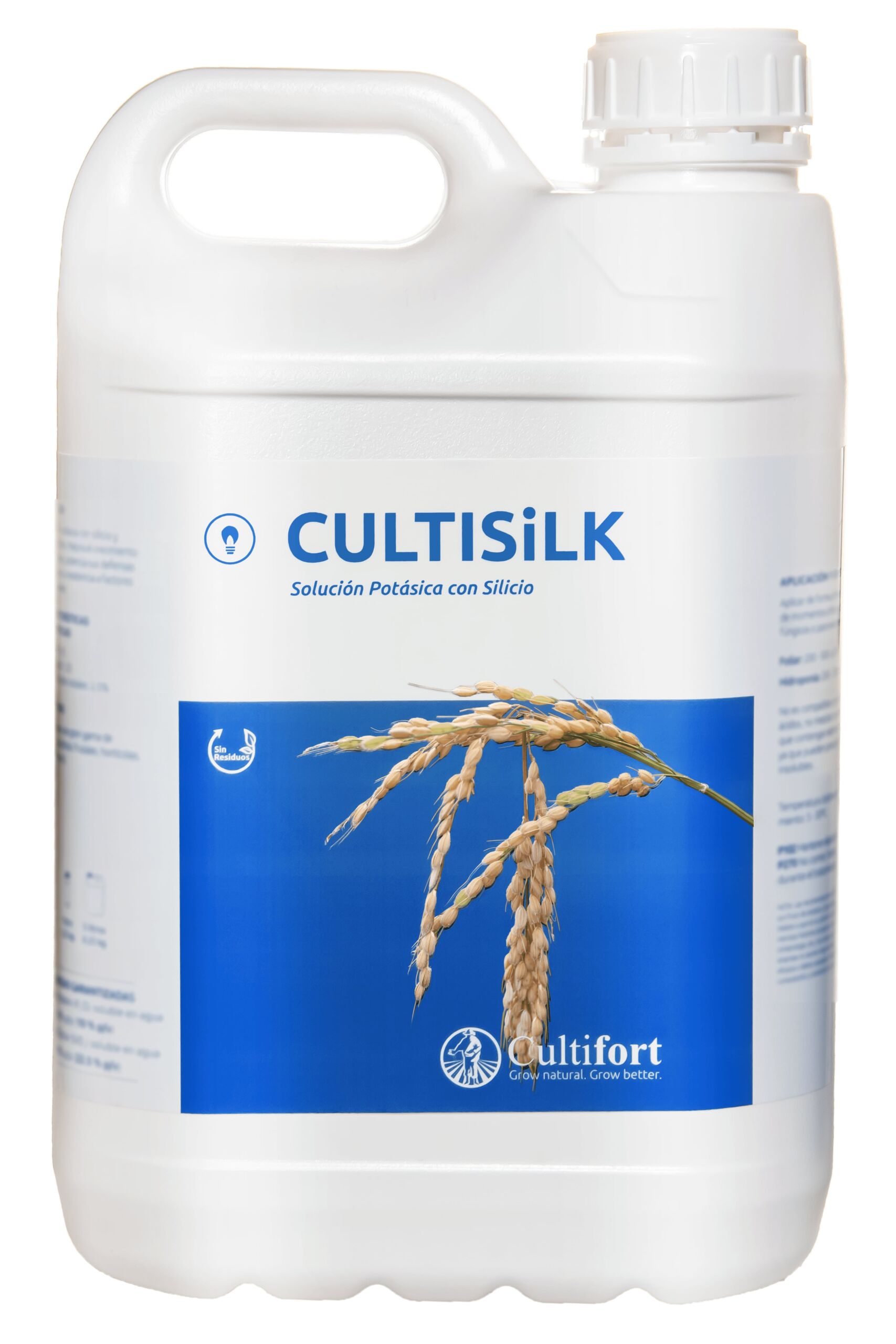Do you know the benefits of silicon (Si) in agriculture?
- Reduces perspiration and water loss by plants, improving the water regime in drought conditions.
- Protects from the harmful effects of ultraviolet radiation and excess radiation, protecting the fruits from the dreaded “sunburn” (sunburn)
- Provides mechanical resistance to the cell wall, hardening plant tissues. With this, it prevents situations such as lodging of cereals or the bite of sucking insects in countless crops.
- It acts on the self-defense system of plants, activating the synthesis of molecules with high defensive power, such as enzymes and phytoalexins.
- It therefore acts against pests and diseases, through both physical and chemical mechanisms, reducing their incidence on plants.
- INTRODUCTION
The essential elements for the growth of plants are 17, grouped into organic and inorganic. The former include oxygen (O), hydrogen (H) and carbon (C), non-mineral elements, which plants obtain from carbon dioxide (CO2) from the atmosphere and soil water. CO2 and water combine through the photosynthesis process, giving rise to the formation of carbohydrates, the main source of cellular energy and structural constituents of the carbon skeletons of numerous organic molecules in plants. The other elements correspond to mineral nutrients that are classified into macronutrients and micronutrients, according to their concentration in plant tissues. Among the macronutrients are nitrogen (N), phosphorus (P), potassium (K), calcium (Ca), magnesium (Mg) and sulfur (S). Micronutrients include boron (B), chlorine (Cl), copper (Cu), iron (Fe), manganese (Mn), molybdenum (Mo), nickel (Ni) and zinc (Zn) (Kirkby, 2012).
All of them are considered essential elements because they meet the three essential criteria proposed by Arnon and Stout (1939) and they are:
- The absence / deficiency of the element in question prevents the plant from completing its life cycle.
- The function of the element in the plant cannot be replaced by another element, that is, it must be totally specific.
- The element must exert its effect directly on the growth or metabolism of the plant.
There are other elements that are not essential for plants but that can promote growth and development and improve some of their characteristics. These are the so-called beneficial elements (Broadley et al. 2012), among which is silicon (Si), which has been reported to improve the physiology of numerous species and fulfill different functions of a structural and biochemical nature (Ma, 2004) .
Scientific literature from different countries collects the beneficial effects that Si can provide on plant-environment relationships in a wide variety of crops, from enhancing growth and yield to more complex actions such as improving resistance to metal toxicity, salt stress , drought resistance, herbivore and disease resistance, suggesting a potential use in agriculture (Zia-ur-Rehman et al. 2016).
In plants, Si allows the activation at the biochemical level of defense genes, enzymes and phytoalexins, and at the same time allows anatomical changes in the structure of cells, providing mechanical resistance to tissues, which together can give the plant better possibilities to withstand adverse abiotic conditions such as salinity, drought, flooding, cold and excessive radiation. Also to adverse biotic conditions, such as diseases and pests (Ma et al. 2001).
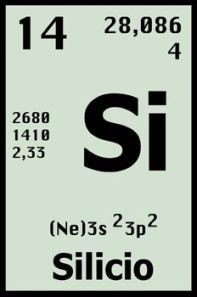
- MECHANISMS OF ACTION OF SILICON
Stress is the consequence of any factor external to the plant that negatively influences it and that can limit its operation (Rejeb et al. 2014). Stresses can be classified as physical, chemical and biotic, and physical and chemical can be grouped with the term abiotic stresses (Tambussi, 2004). Among the physical factors that can induce stress in the plant we can mention UV radiation, high and low temperatures and water deficit or excess. Related to chemical factors are atmospheric pollution, heavy metal toxicity and salinity. Biotic stress is caused by the action of different living beings such as harmful insects, parasites, weeds, bacteria, fungi, nematodes and viruses (Orcutt and Nilsen, 2000; Redondo-Gómez, 2013).
Throughout evolution, plants have developed different responses and adaptations that allow them to survive under stress conditions (Cardozo and Quiriban, 2014). Many of these adaptations are related to the role played by both essential and beneficial nutrients (Huber, 1980), where it is worth highlighting the role of Si in the tolerance of stresses suffered by plants (Yavaş and Ünay, 2017).
In biotic stress, Si serves as a mechanical barrier that prevents infection by pathogens and allows tolerance to attack by phytophagous insects.(Ma, 2004). On the other hand, the same mechanical barrier reduces stomatal and cuticular perspiration, helping to reduce water loss from plants, while maintaining greater stomatal conductance and water potential, which consequently optimizes photosynthetic efficiency. All this explains the positive impact of this element against the damage caused by abiotic stresses, mainly those produced by salinity and drought (Sacala, 2009).
For the chemical barrier, it has been proposed that Si has an active role in improving the defense mechanisms of plants at the biochemical and molecular level. It favors the production of phenolic compounds and increases the levels of some classes of phytoalexins or also the transcription of some genes that have in their code proteins related to the defense of plants against pathogens, the so-called PR Proteins (Rodrigues and Datnoff, 2005) .
- 1. EFFECTS ON ABIOTIC STRESS TOLERANCE
- 1. 1. WATER STRESS
One of the strategies to increase the survival and performance of plants in situations of water stress is the management of mineral nutrition (Hu and Schmidhalter, 2005; Marschner, 2012). In this sense, there is clear evidence that the application of Si fertilizers in crops shows positive effects against the damage caused by drought (Sacala, 2009). Among them, it has been observed that it favors gas exchange, which is one of the most sensitive processes to this type of stress. It has been shown that under these circumstances Si exerts a protective role for the chloroplast, as well as an improvement in the concentration of pigments related to the absorption of light, resulting in an increase in photosynthetic activity (Cao et al. 2015; Jesús et al. . 2018). What’s more,
Leaf transpiration occurs mainly through the stomata, although a small part can also take place through the cuticle (Figure 1). As Si can be found under the cuticle, forming a dense layer due to the deposition of amorphous silica, the loss of water by perspiration, both in cuticular perspiration and that carried out by the stomata, is reduced by the formation of said layer (Ma, 2004). In addition, Si is involved in the synthesis of other proteins involved in the tolerance of plants under drought, such as ion transport proteins and those that allow the transport of water, aquaporins or even proteases and phosphatases (Sapre and Vakharia, 2016; Coskun et al. 2016).
As examples we can cite that rice, a Si accumulator plant, tends to have leaves with a thin cuticle, but the accumulation of Si can reduce the transpiration rate by approximately 30% under drought conditions (Ma et al. 2001). In corn plants, the application of Si seems to improve the growth and yield of the grains when the plants are under drought, which has been attributed to an improvement in the photosynthetic rate, as a result of a lower transpiration of the plants (Amin et al. 2018). Investigations in cocoa and strawberry crops treated with Si showed an increase in the photosynthetic rate and stomatal conductance, accompanied by an increase in the efficiency of water use (Zanetti, 2016; Dehghanipoodeh et al. 2018.
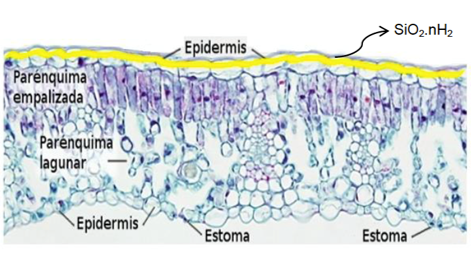
Figure 1. Si deposition in the epidermis of a leaf (adapted) Source: Atlas of Plant and Animal Histology (https://mmegias.webs.uvigo.es/1-vegetal/vimagenes-grandes/parenquima_clorofilico.php)
- 1. 2. SALT STRESS
On the other hand, the increase in the levels of fertilization with Si in the plants, manages to be an effective protection mechanism against the damaging effects caused by saline stress, which can be an alternative for agricultural production in soils and water with salinity problems (Zhu and Gong, 2014).
The detrimental effects of salinity on the growth and development of the plant are summarized, mainly, in three categories: effects on water relations, nutritional effects and effects on the energy balance (Pasternak, 1987), which are consequently manifested in alterations in the main metabolic processes of the plant such as germination, growth, gas exchange, etc. (Poljakoff-Mayber, 1975).
The growth of the plant on saline conditions causes the reduction of the water potential of the soil solution, which causes a decrease in the absorption of water by the roots. In this case, the response of the plant consists in increasing the intracellular production of soluble compounds, which decrease the intracellular water potential and facilitate the entry of water; otherwise, not only would water not enter from the external environment, but it would tend to leave the root cells, and the plant would dry out (Gárate and Bonilla, 2008).
The accumulation of the Siin the different tissues of the plant, especially in the leaves, they represent an effective physical barrier that effectively reduces the loss of water through perspiration. This has as a direct consequence a lower absorption of sodium and chlorine and a lower transport of these salts through the xylem (Ahmad et al. 1992), and as an indirect consequence, an increase in the concentrations of potassium, calcium and magnesium (Liang, 1999 ; Liang et al. 2006; Sahebi et al. 2015).
For Méndez (2019), Si can favor the increase of different osmotic compounds in the plant, such as proline, soluble proteins, sugars and phenolic compounds, which allow osmotic adjustment by reducing the water potential of the tissues, thus restoring the gradient between soil and cells and, as a consequence, the greater uptake and retention of water in the tissues.
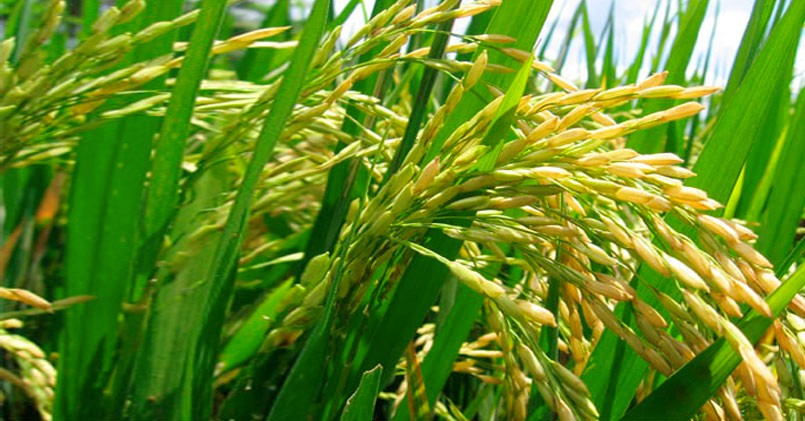
As examples of these effects we can cite trials in rice, where Yeo et al. (1999) correlated the supply of Si to the plants with the reduction in the rate of transpiration, which generated improvements in gas exchange parameters in plants under salinity conditions; in wheat, Tuna et al. (2008) ensure that the reduction in Na and Cl absorption and, consequently, the decrease in their transport from the root to the leaves, were the reasons for the improvement in plant growth in a saline environment with the presence of Si ; while Osman et al. (2017) and Ahmad et al. (2019) showed that the protective effects of the use of Si in these plants against salinity were due to the increase of different osmolytes, such as carbohydrates and amino acids such as betaine, glycine and proline.
- 2. EFFECTS ON TOLERANCE AGAINST ABIOTIC STRESSES
- 2. 1. DISEASES
The severity of many plant diseases can be reduced by improvements in mineral nutrition management.. This can be achieved by modifying the availability of a particular element (Huber and Haneklaus, 2007). In this case, it is considered that increases in Si fertilization of crops can be effective to improve tolerance to diseases caused by fungi, bacteria, nematodes and viruses due to the formation of mechanical barriers and / or changes in the chemical responses of the plant. plant (Sakr, 2016; Yavaş and Ünay, 2017). The positive role of Si in mitigating the detrimental effects caused by diseases in crops is attributed, in part, to its accumulation and polymerization in the tissues of the epidermis (Pozza et al. 2015). This accumulation forms a thick layer, which protects and fortifies,
On the other hand, there is the hypothesis that the Si present in the plant also forms chemical and biochemical barriers, so that it activates their natural defense system when a pathogen infects them (Fauteux et al. 2005). Plants attacked by pathogens can generate enzymes with the function of degrading the cell wall of phytopathogenic fungi (Rodrigues et al., 2001) and low molecular weight secondary metabolites, such as flavonoids and phytoalexins, in addition to other compounds such as glycosylated phenols , which together have antifungal properties and play a very active role in disease suppression (Fawe et al. 1998; Rodrigues et al. 2004).
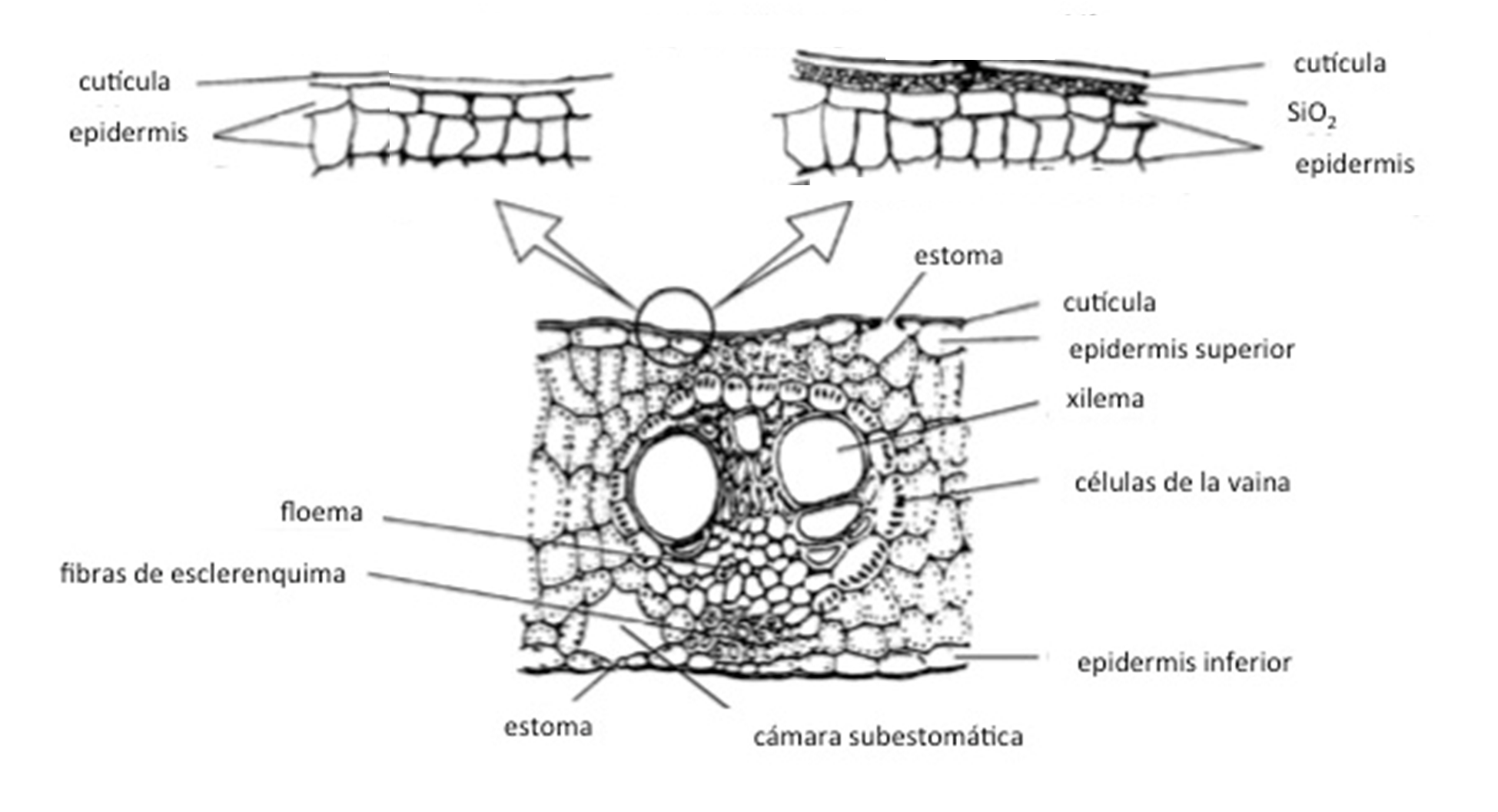
Figure 2. Cross section of a sheet (A); Development of hyphae of the fungus without accumulation of Si in the tissues of the epidermis (B); Silica layer that prevents the development of the hypha (C). (Adapted).
We will highlight some examples of prevention of fungal diseases with applications of foliar Si or directly to the fruits. In pear, the severity of diseases caused by Penicillium expansum and Botrytis cinerea was significantly reduced, which suggests that the element has a positive effect on the postharvest quality of pears.(Corrêa et al. 2017). In peach fruits, the use of Si as a pre- and post-harvest treatment agent, induced tolerance against the Monilinia frutícola attack and was accompanied by notable increases in the synthesis of total polyphenols and the firmness of the fruit pulp. (Pavanello, 2016). In rice and grapevines, the action of the physical barrier against the penetration of the fungi that cause blight and mildew, respectively, has also been observed in plants where there was treatment with Si (Bowen et al. 1992; Kim et al. 2002). In another study related to postharvest, it has been shown that the use of Si promoted tolerance against powdery mildew attack caused by Podosphaera xanthii, followed by increases in the firmness of melon fruit pulp (Cruz, 2016).
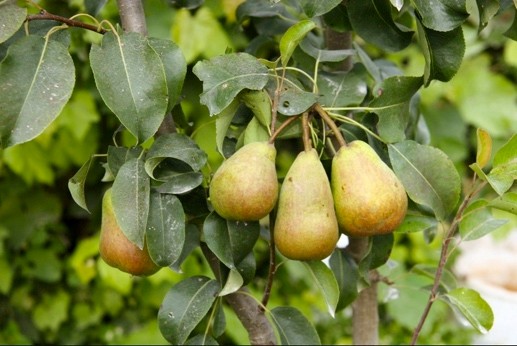
In diseases caused by bacteria, Si also provides protective functions. In rice and banana plants treated with Si and inoculated with Xanthomonas oryzae and Xanthomonas wilt, respectively, an increase in the activities of PPO and PAL was found, associated with the reduction of bacteriosis, in addition to increases in the content of phenolic compounds. and lignin in the rice leaves(Song et al. 2016; Mburu et al. 2016). In melon, a clear tolerance of the plants against the attack of the bacterial spot has been found when Si has been supplied (Ferreira et al. 2015).
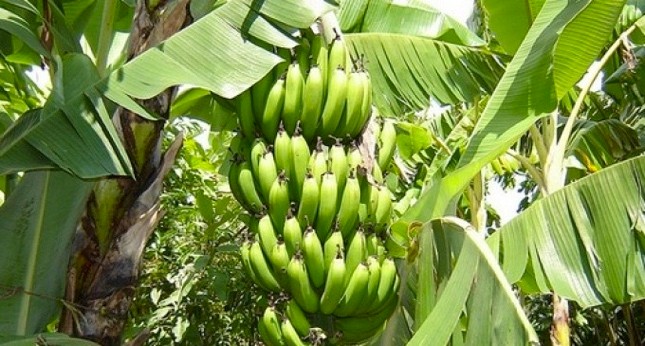
- 2. 2. PESTS
Si can effectively contribute to improving the tolerance of plants against insect attack, since many of the defense mechanisms produced by plants supplemented with Si against diseases work in a similar way to those generated when the plant is attacked by insects (Alhousari and Greger, 2018).
The first mechanism is based on the physical barrier hypothesis, since Si is deposited in tissue cells, including the epidermis and cuticle in the cell wall, forming a rigid double layer of silica, which affects important processes, including hindering infection and penetration of insect stylets (Reynolds et al. 2009).
The second defense mechanism proposed is that Si supplements when plants are attacked by insects, increase the release of defense enzymes such as POX, PPO and PAL, which induce in plants an increase in the production of secondary metabolites that participate in the lignification and in the synthesis of suberin that increases the hardness and decreases the digestibility of the plant tissues. Consequently, they generate a decrease in the preference of insects (Keeping and Kvedaras, 2008).
Apart from this, Si also favors increases in the synthesis of the production of volatile compounds that attract natural enemies of insects and also participates in the differential regulation of genes related to the defense of plants (Thaler et al. 2002., Liu et al. 2017). For Massey and Hartley (2006), increased leaf stiffness due to Si deposition decreases palatability and digestibility for both vertebrates and invertebrate herbivores. It can also cause wear of the mouthparts, which leads to reduced feeding efficiency and growth rates, up to even the mortality of these herbivores.
On the other hand, no changes were found in the morphology of the mouthparts in tomato plants affected by Tuta absolu, but damage to the cells of the intestine of the leaf-fed caterpillars that received Si, which was attributed to the synthesis of substances toxics associated with the presence of Si, which resulted in decreased feed efficiency and increased mortality (Santos et al. 2015).
The use of Si in rice plants increased the activity of some plant defense enzymes, achieving less defoliation of the plants caused by the caterpillar Cnaphalocrocis medinalis(Han et al., 2016). In a test on cucumber, it was observed that in plants where Si had been applied, there was an increase in the synthesis of defensive volatile chemical compounds during the attack of the cucumber beetle, Diabrotica balteata (Callis-Duehl et al. 2017).
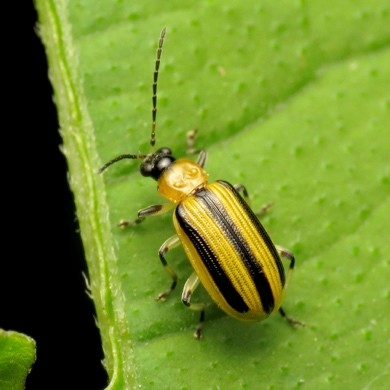
Recently, Hall et al. (2019) indicate that the efficiency of Si against insect attacks is due to the fact that the presence of the element stimulates increases in the synthesis of jasmonic acid in plants, which is an endogenous plant growth regulator phytohormone but which can also be produced by them after damage caused by an insect, resulting in an increase in the production of resistance compounds.
- 2. 3. VIRUSES
The information in the literature is still very scarce in the case of the effect of Si in mitigating or preventing the harmful effects on the plant caused by viral pathogens when compared with the information available for other pathogenic agents (Sakr, 2016).
- USE OF SILICON IN AGRICULTURE
In modern agriculture Si has been shown to be beneficial for a range of species. The positive influence of the element in crops has been known since Justius Von Leibigh published in 1840 works on the benefits of Si from the point of view of the mineral nutrition of plants. Since then, tests have been developed in laboratories, greenhouses and in the field that have shown benefits of fertilization with Si in productivity, development and tolerance against various stresses in herbaceous crops such as rice, corn, wheat, barley, sugar cane. , pumpkin, and in woody crops such as citrus, avocado, chestnut, plum, mango, apple, peach, pistachio and vine, among others (Bertling et al. 2009; Carneiro-Carvalho et al. 2020; Ferreira et al. 2013; Ramírez -Godoy et al. 2018; Ghoreishi et al. 2019; Valdebenito et al. 2018; Kadlecová et al. 2020; Cetinkaya and Kulak, 2019; Schabi et al. 2020).
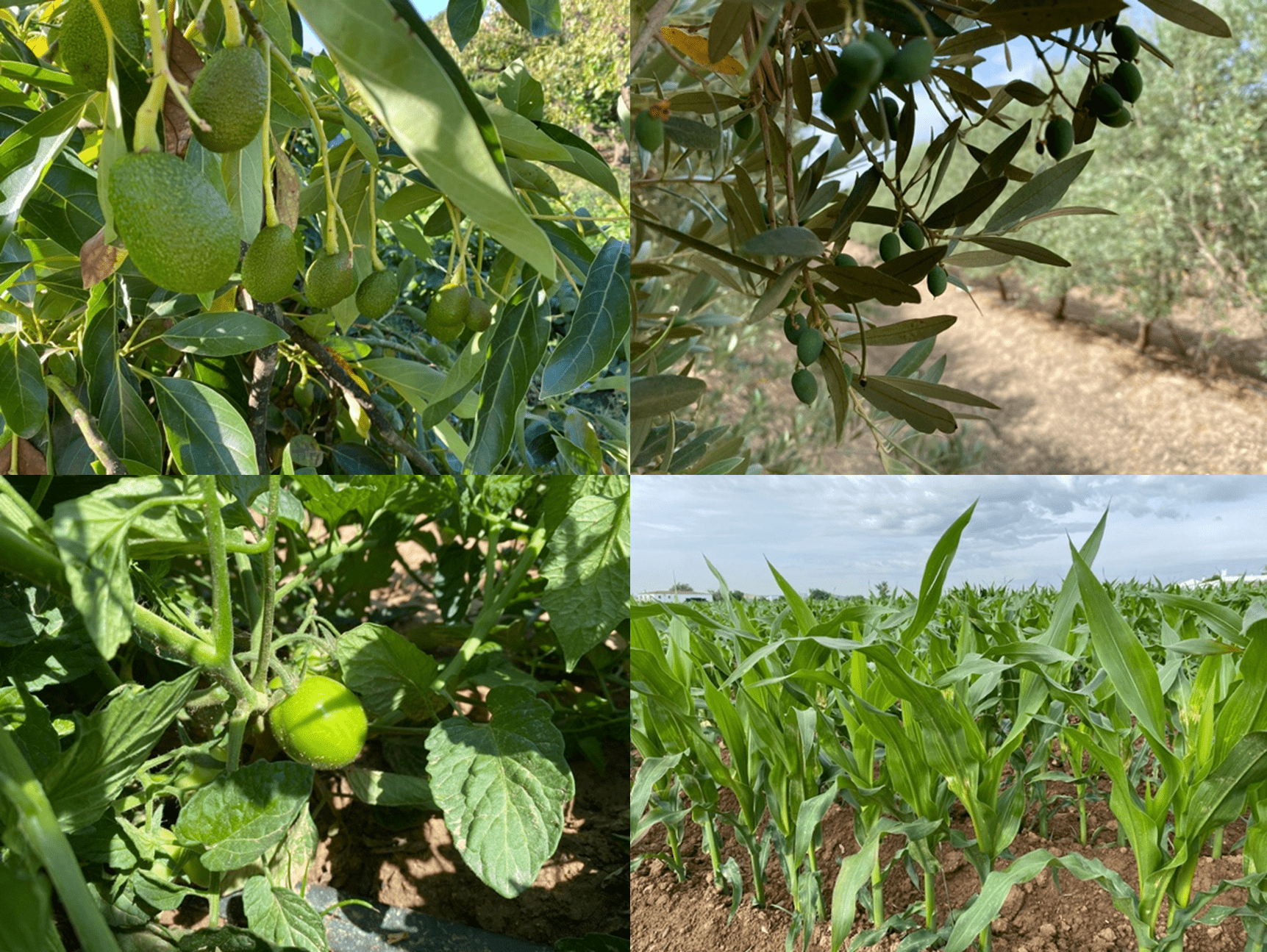
Woody cultures are those that are characterized by having a lignified tissue that provides rigidity to the cell wall, being slow-growing and with a long vegetative cycle. They constitute a group of great economic interest within which are forest and fruit species (Gardner et al. 2017). In the case of fruit trees, characterized as not accumulating Si, the presence of the element in them is very low. However, Si can actively participate in these woody species, reducing different types of stresses of an abiotic and biotic nature, especially in organic agriculture where fertilization with Si can pave the way towards the use of synthetic fertilizers and pesticides ( Patil et al. 2017).
There are a number of solid and liquid sources of Si on the market, which are used as soil amendments or fertilizers, such as diatomite, calcium silicate, sodium metasilicate, potassium silicate, magnesium silicate, orthosilicic acid, hydrated silicon dioxide. and calcium metasilicate (Ferreira, 2017). The most commonly used compound to contribute Si to crops are silicates. Chemically, silicates are salts of silicic acid, formed from the two common elements: Si and O, and they also carry accessory elements that give them different characteristics (Demattê et al. 2011). Silicates bound to a cation have greater solubility and availability of Si,
- RECOMENDACIÓN

At Cultifort we have a product formulated based on silicon, CultisilK. It is a potassium solution (10%) with silicon (22.5%) and amino acids (2.5%). As a source of potassium and silicon, it improves plant growth and reinforces its resistance to environmental factors, enhancing self-defense. Silicon is a structural element that strengthens the cell wall, strengthening the physical support of the plant and protecting it from attack by external agents. In addition, it has synergies with calcium, magnesium and potassium, improving its absorption and transport in the plant. It is especially indicated to prevent lodging of cereals, fungal diseases in all types of plants, attacks by sucking insects and general improvement of mechanical capacities to resist wind, very torrential rains, and other types of physical and chemical stresses (salinity and water stress, among others).
Our Technical Department recommends its preventive application before the moments susceptible to attack by pathogens or prior to predictable abiotic stress situations, repeating the treatments 2 or 3 times during these critical periods.
To check the references leave a mail at info@cultifort.com



